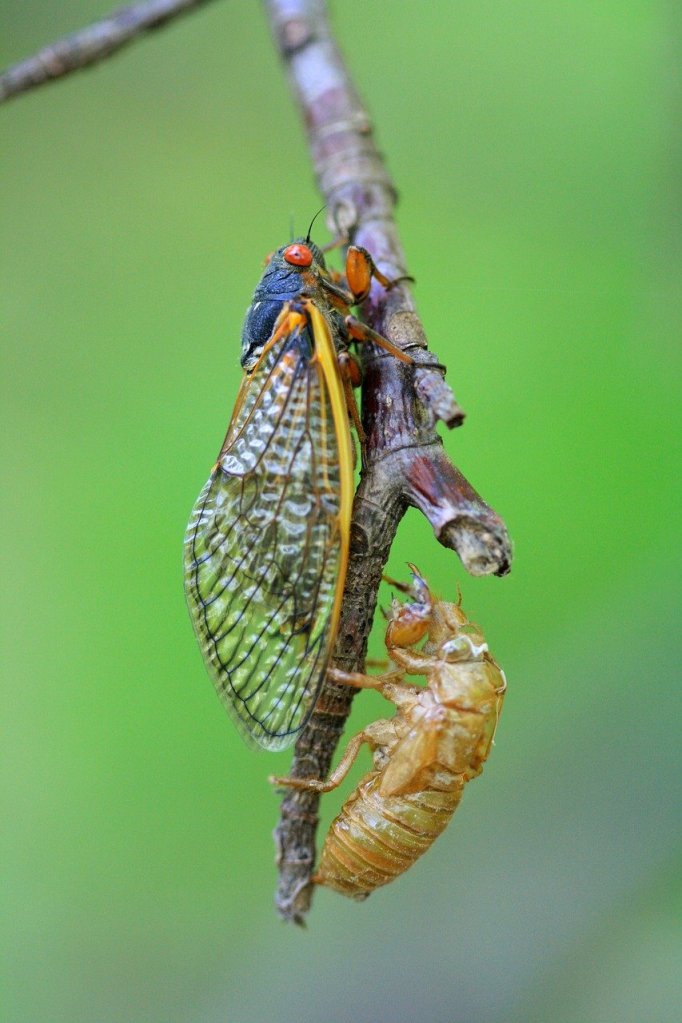It’s been a big couple of weeks in the house of practical history. If you’ve followed this blog for long you’re probably aware that I have two sons. When I started this thing way back once upon a time they were pretty small, just starting school, giving me, their mommy, bits of time to devote to something like blogging about history and nonsense.
As children do, they’ve gone and grown up now. My youngest graduated from high school last spring, turned eighteen this summer, and left this week on a great adventure. I won’t go into the specifics because he is an adult with sole possession of his own stories. I will say that I’m really proud of him and I miss him already.
My oldest son spent the summer away on an adventure of his own, returning about a week and half before his brother’s planned departure, and so as a family we decided to spend a little fun time together. We chose to take a quick getaway in the middle of the week to canoe down part of the North Fork of the White River in Southern Missouri. It’s a beautiful little river and the state has experienced plenty of rain this spring and summer. The occasional low spots one might sometimes experience were nicely covered over and the current was swift.
My husband and I used to be pretty experienced canoeists; my sons, not so much, but after spending the summer apart, they wanted to catch up and canoe together. No mother could say no to that. Of course, we as the the more experienced, took the cooler and strapped the dry bag to our boat.
They worked together really well, communicating through the tougher spots where rocks and debris made the steering (and staying dry) a little more challenging. Despite more experience and twenty-five years of marriage, we didn’t do quite as well. The problem wasn’t our lack of communication exactly. It was more our admittedly slower reflexes and slightly poorer eyesight that got us. And also a fallen tree that we didn’t manage to skirt on an outside bend the way we needed to.
The current was fast where it happened. When the canoe dumped, my husband managed to hold onto it and ride with it several bends downstream, while I grabbed onto the first thing that came to hand, which was the cooler. I clutched it tightly and rode the current, feet first, until I got to a place I could safely stop myself, very near where my husband had finally managed to bring the canoe to shore.
A couple of kind strangers helped him empty the water while our sons chased down all of the wayward objects that had once been in our boat. They found everything except for one paddle. The dry bag was still fairly dry, the cooler that had so beautifully kept me afloat, was no worse for wear, and they even managed to grab my favorite baseball cap that had been swept off my head.
Other than a couple scrapes and bruises, we were unhurt, although the strap of one of my husband’s sandals broke during the ordeal leaving him with only one functioning shoe, and of course, there was the beating we took to our egos. That only got worse when shortly after the incident, our just grown sons decided that for our safety, they should each take one of us. And we agreed. Ouch.
Though I don’t think we were at any serious risk of injury in this shallow river, the reality was that for a few minutes there, we were up a creek without a paddle, a phrase that though surely older in conversation, began showing up commonly in American print in the mid to late nineteenth century.
So there we were, divided up between our children, my husband with only one shoe and me without a paddle, each being steered down the river by one of the boys whose lives used to more or less take the direction we chose for them. I suppose now we get to watch them navigate the currents of their own lives.
They were good boys. They are good men. I guess that’s just how life flows.





